When it comes to choosing the perfect pasta packaging, considerations go beyond aesthetics. Different packaging types offer varying levels of protection, convenience, and sustainability. In this article, we will explore the most common types of pasta packaging available in the market today, their distinctive features, and the benefits they bring to both consumers and producers. 1. Cardboard Boxes: Cardboard boxes are a classic choice for pasta packaging. They are sturdy, provide ample protection against moisture and pests, and are easily stackable. Cardboard boxes also offer ample surface area for branding and product information. Their recyclable nature makes them an eco-friendly packaging option, aligning with the growing consumer demand for sustainable choices. 2. Transparent Plastic Bags: Transparent plastic bags are popular packaging options due to their convenience and affordability.

.
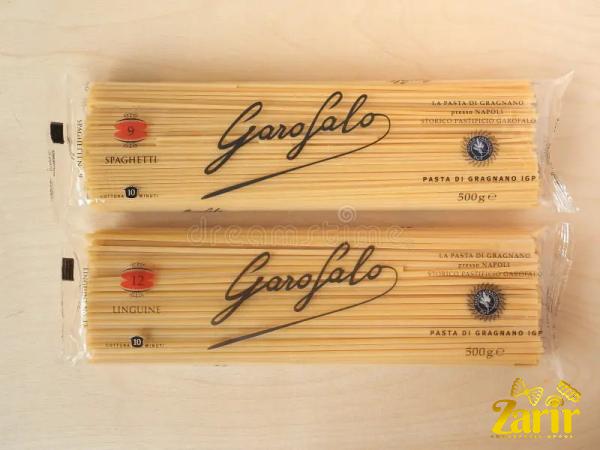 They allow customers to see the pasta inside, which can be enticing, especially for high-quality pasta varieties. These bags come in various sizes, making them suitable for both individuals and families. However, it is essential to ensure that the plastic used in these bags is recyclable or made from biodegradable materials to minimize environmental impact. 3. Vacuum-Sealed Bags: Vacuum-sealed bags excel in preserving the freshness and flavor of pasta. By removing the air from the packaging, the chances of spoilage, moisture retention, and pest infestation are significantly reduced, ultimately prolonging the product’s shelf life. The airtight sealing also prevents the pasta from absorbing odors from other foods, ensuring its original taste remains intact. Moreover, vacuum-sealed bags are space-efficient, making them an excellent choice for consumers with limited pantry storage.
They allow customers to see the pasta inside, which can be enticing, especially for high-quality pasta varieties. These bags come in various sizes, making them suitable for both individuals and families. However, it is essential to ensure that the plastic used in these bags is recyclable or made from biodegradable materials to minimize environmental impact. 3. Vacuum-Sealed Bags: Vacuum-sealed bags excel in preserving the freshness and flavor of pasta. By removing the air from the packaging, the chances of spoilage, moisture retention, and pest infestation are significantly reduced, ultimately prolonging the product’s shelf life. The airtight sealing also prevents the pasta from absorbing odors from other foods, ensuring its original taste remains intact. Moreover, vacuum-sealed bags are space-efficient, making them an excellent choice for consumers with limited pantry storage.
..
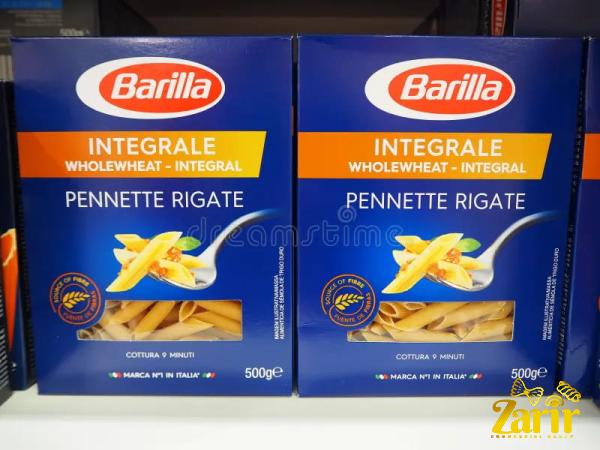 4. Bulk Packaging: Bulk packaging offers a cost-effective solution for restaurants, cafes, and institutions that require pasta in large quantities. These packages include larger bags or boxes, minimizing the need for frequent repurchasing. Bulk packaging can also come with resealable features, allowing easy portioning and storage of leftover pasta. From a sustainability standpoint, buying in bulk reduces the use of excess packaging material, resulting in fewer waste products. 5. Eco-Friendly Packaging: With the rising environmental concerns worldwide, consumers are increasingly embracing eco-friendly packaging options. Pasta producers are responding to this demand by introducing packaging made from sustainable materials such as paper-based containers, compostable bags, or bio-based plastics.
4. Bulk Packaging: Bulk packaging offers a cost-effective solution for restaurants, cafes, and institutions that require pasta in large quantities. These packages include larger bags or boxes, minimizing the need for frequent repurchasing. Bulk packaging can also come with resealable features, allowing easy portioning and storage of leftover pasta. From a sustainability standpoint, buying in bulk reduces the use of excess packaging material, resulting in fewer waste products. 5. Eco-Friendly Packaging: With the rising environmental concerns worldwide, consumers are increasingly embracing eco-friendly packaging options. Pasta producers are responding to this demand by introducing packaging made from sustainable materials such as paper-based containers, compostable bags, or bio-based plastics.
…
 These alternatives have a reduced carbon footprint and biodegrade more rapidly than traditional packaging options, contributing to a cleaner and greener planet. Conclusion: Pasta packaging plays a vital role in maintaining the quality, freshness, and overall appeal of the product. The choice of packaging type should consider factors such as durability, transparency, shelf life extension, convenience, sustainability, and cost-effectiveness. By understanding the benefits and unique features of each packaging type, both consumers and producers can make informed decisions that align with their needs and values. Ultimately, the right pasta packaging type can enhance the overall consumer experience and contribute to a sustainable future.
These alternatives have a reduced carbon footprint and biodegrade more rapidly than traditional packaging options, contributing to a cleaner and greener planet. Conclusion: Pasta packaging plays a vital role in maintaining the quality, freshness, and overall appeal of the product. The choice of packaging type should consider factors such as durability, transparency, shelf life extension, convenience, sustainability, and cost-effectiveness. By understanding the benefits and unique features of each packaging type, both consumers and producers can make informed decisions that align with their needs and values. Ultimately, the right pasta packaging type can enhance the overall consumer experience and contribute to a sustainable future.
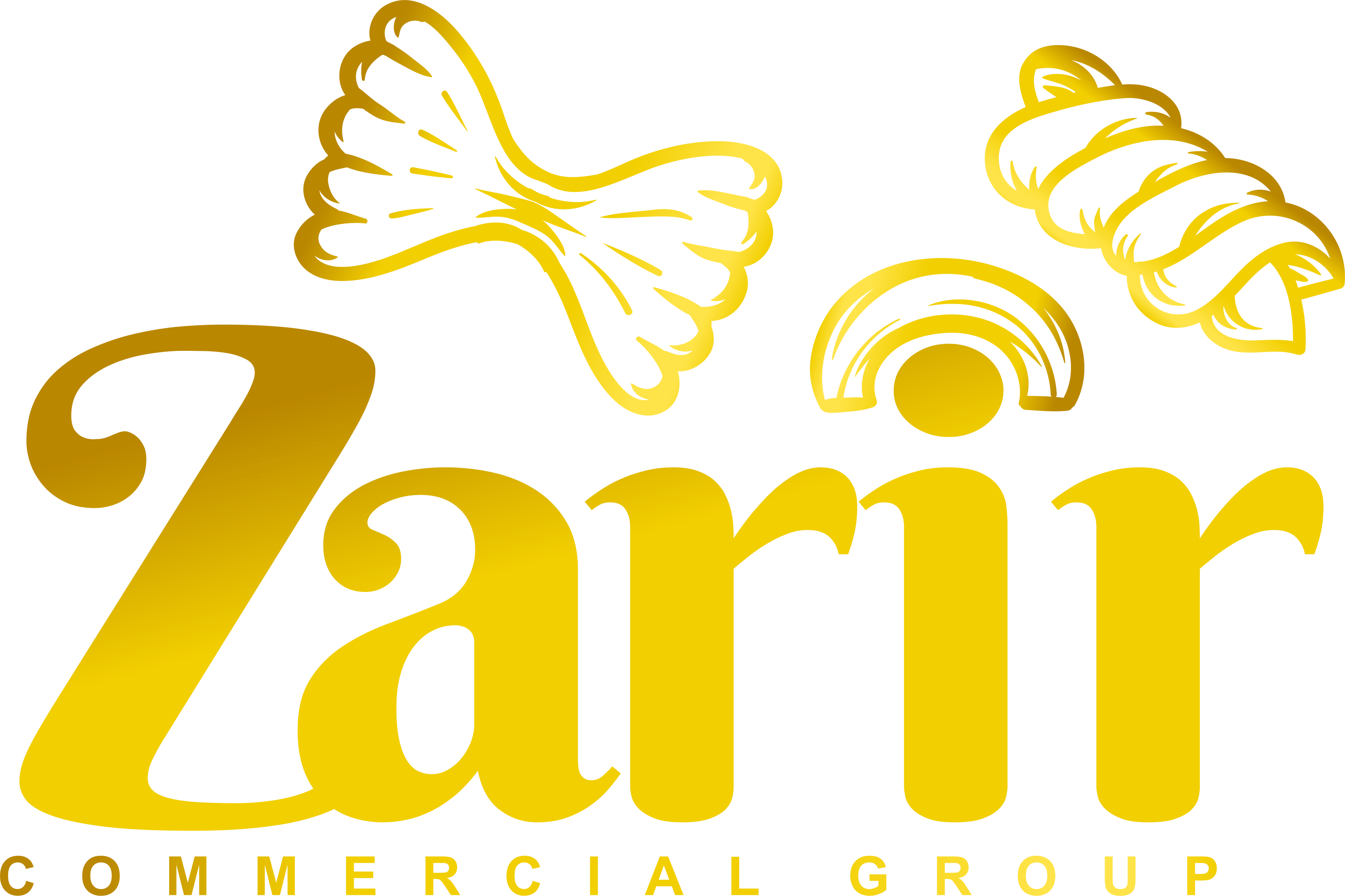
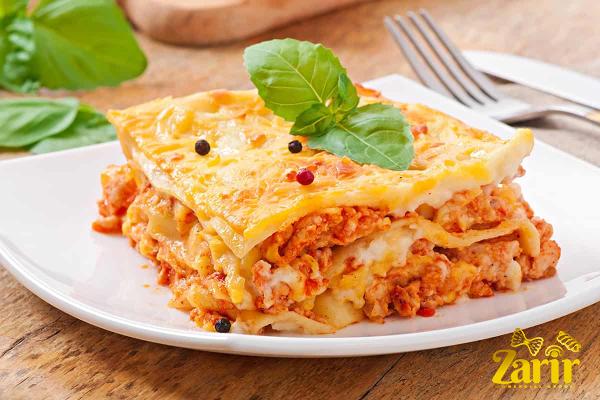
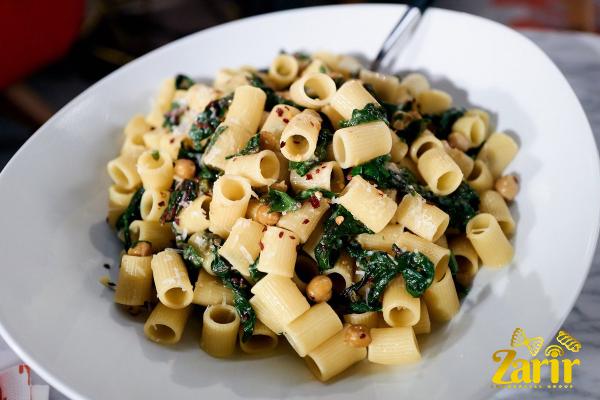
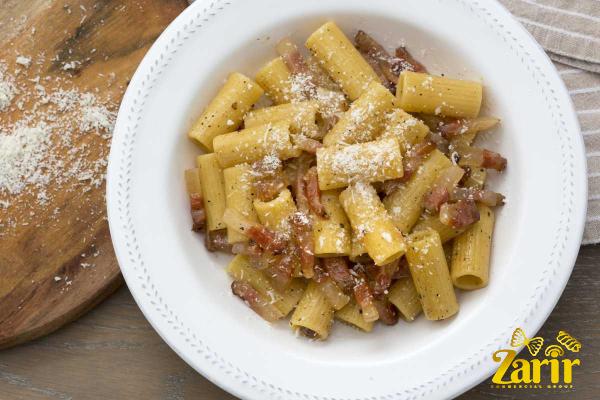
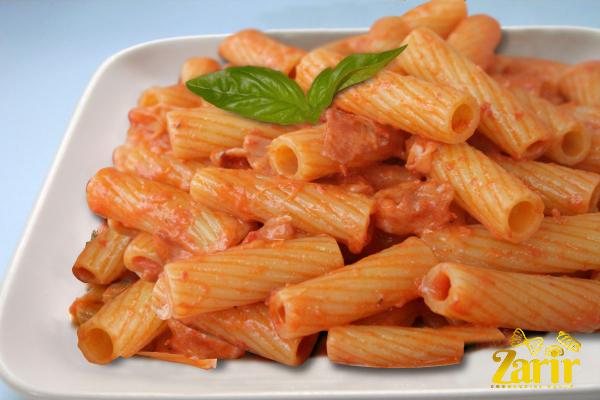
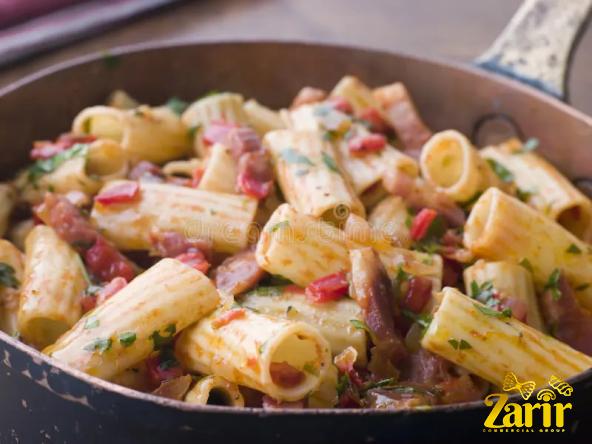
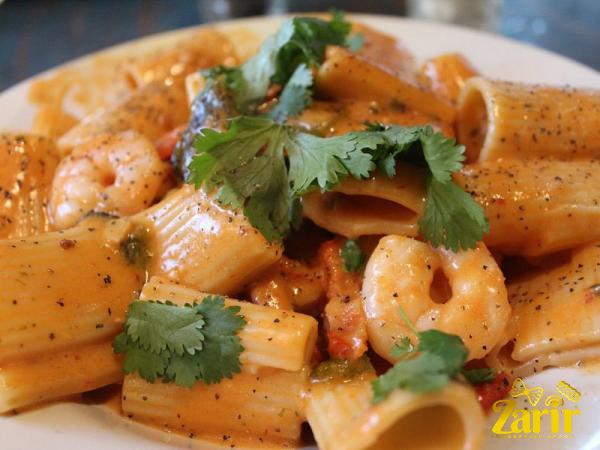
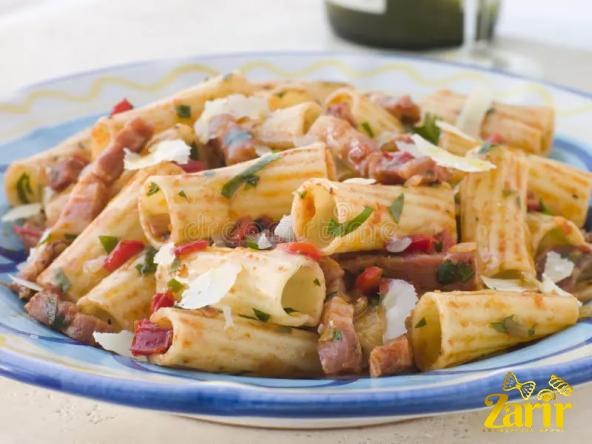
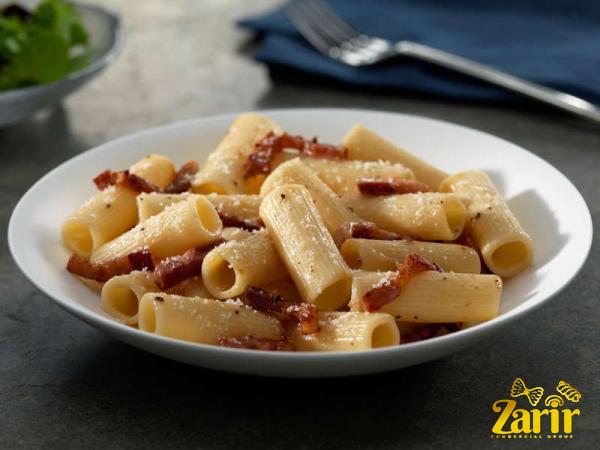
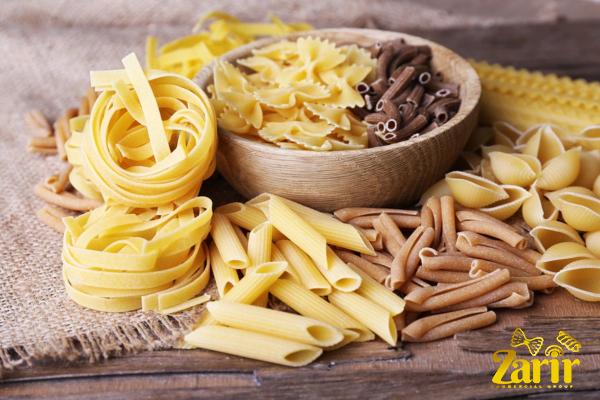
Your comment submitted.